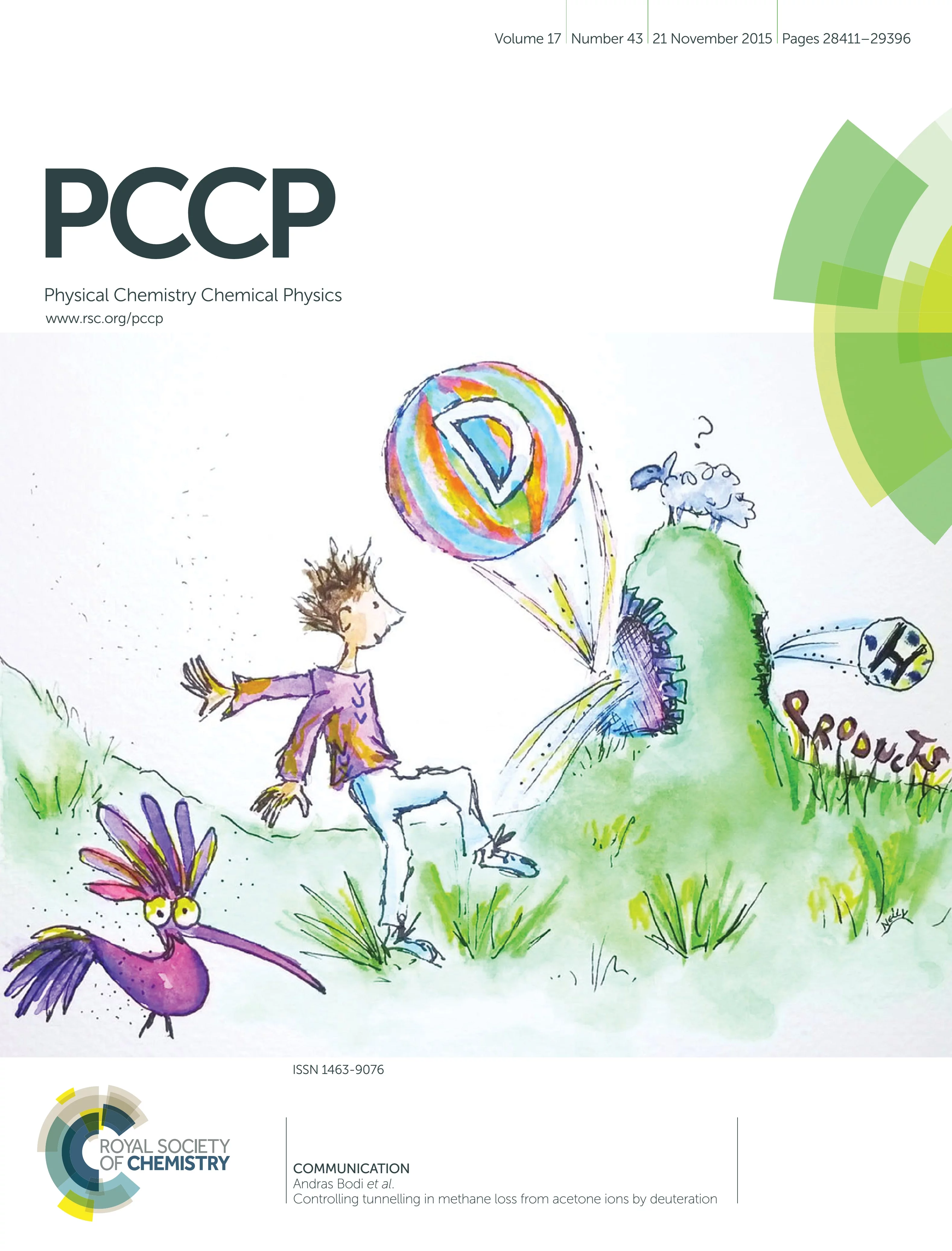If a ball is rolled up a hill with less kinetic energy than the potential energy at the top, it will return eventually, and stays bound in the valley. Tunnelling is a distinctly quantum mechanical phenomenon, in which such balls can magically cross the hill, and appear in the neighbouring valley, as if going through a tunnel. In order for this to happen with a non-negligible probability, the ball has to be small and the barrier, i.e. the hill, sharp. Electrons tunnel in numerous applications, such as scanning tunnelling microscopy (STM). Protons are much larger and unlikely to tunnel, but when they do in our DNA, it can lead to spontaneous mutation. In the acetone cation, CH3COCH3+, a hydrogen atom from one methyl group can move over to the other one, leading to the formation of methane, CH4. The barrier to this process, however, is higher than breaking a C–C bond, meaning that it can only take place by tunnelling. At the imaging Photoelectron Photoion Coincidence (iPEPICO) endstation of the VUV beamline, we could show evidence of such H-atom tunnelling. When hydrogens are exchanged for deuterium atoms, made of a proton, a neutron and electron, and approximately twice as heavy as hydrogen, the tunnelling probabilities plummet, and the methane channel is suppressed quantitatively.
Read the full story
Controlling tunnelling in methane loss from acetone ions by deuteration
A. Bodi, T. Baer, N. K. Wells, D. Fakhoury, D. Klecyngier and J. P. Kercher
Physical Chemistry Chemical Physics 17, 28505–28509, published online: 5 Aug 2015, in print: 21 Nov 2015
DOI: 10.1039/C5CP02944A
Contact
Dr Andras Bodi
Laboratory for Femtochemistry and Synchrotron Radiation
Swiss Light Source, Paul Scherrer Intitute
5232 Villigen-PSI, Switzerland
